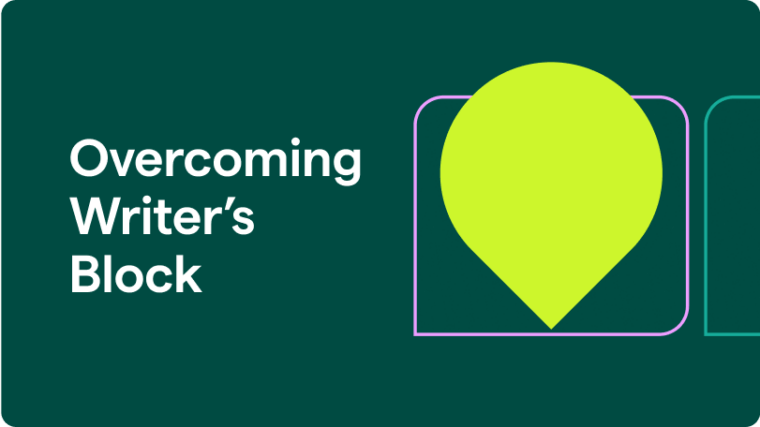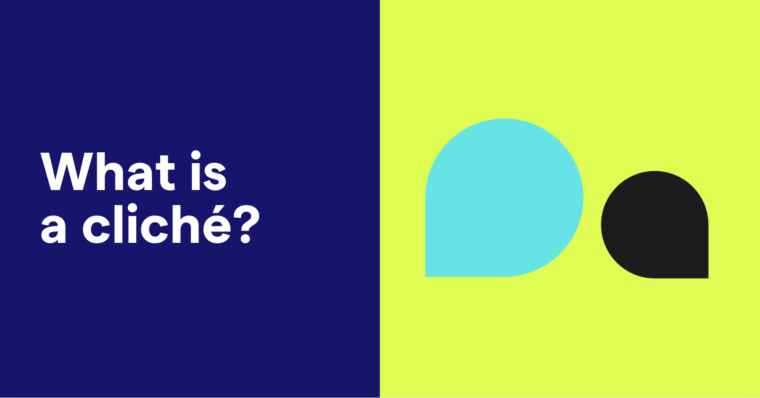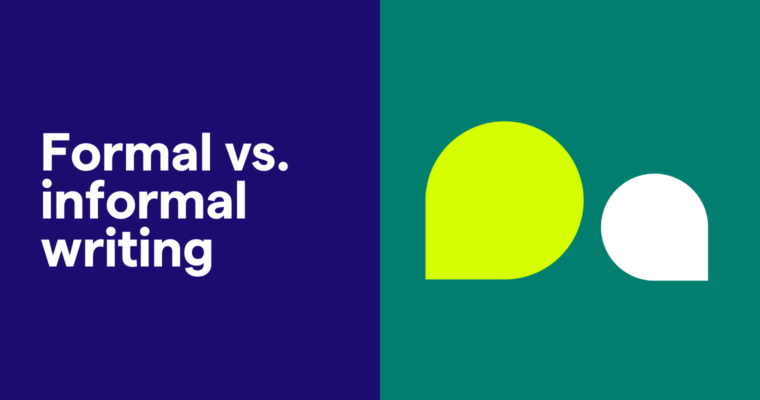
“Thank you”: It’s a phrase most people say every day, but that doesn’t mean it should be reflexive. Depending on the situation, putting a little thought into it can make a big difference.
Here’s what you need to know about expressing gratitude in a professional email, including when and how to use it, and common missteps to avoid.
What is a “thank you” email?
A professional “thank you” email expresses appreciation or acknowledgment for something the recipient has done for you, your team, or your company—in a concise, effective manner.
There are many ways to communicate gratitude in an email, from a simple “thank you” sign-off all the way up to a lengthier explanation of the impact of the recipient’s actions in a way that contextualizes your appreciation. You can express gratitude for past or future actions, ranging from small to large.
The words you choose and your tone will shape how the recipient takes the message.
“Thank you” in professional emails
In the right context—like a professional email—expressing gratitude can be impactful. For example, a heartfelt thank-you note post-interview can help you stand out and keep your name in the hiring manager’s mind. A “thank you” email can make relationships with coworkers more cordial, and it can even help land clients or close deals when thoughtfully deployed.
The success of “thank you” emails depends on tone and context. Adding a “thank you in advance” in an email that focuses on getting the recipient to finally send over a report, for instance, may come across as insincere or even passive-aggressive. And if the email’s tone leans too far into humor, the reader may not take your gratitude seriously. So care should be taken when writing this type of email.
“Thank you” in email sign-offs
A closing line goes at the end of an email, just before the sign-off. So if there’s something that you want to specifically thank someone for within a professional email, this is where you can add that. This helps you end the email in a positive way, even if the rest of the email brought up questions or focused on additional work that needs to be done.
Here are a few examples of closing lines that effectively show gratitude:
- As a side note, I also wanted to say thanks for your hard work on this [work task].
- I know it’s been a tricky project, but I appreciate how flexible you’ve been about [insert reason].
- Lastly, I want to say thank you for [insert reason].
Many of us routinely collaborate with colleagues and managers to accomplish everyday work tasks, and it’s easy to take that for granted. If you send an email to serve some other purpose but include “thank you” as a sign-off, it demonstrates that you know the recipient is helping and acknowledges it.
Also, using a version of “thank you” or “thanks again” as your professional email sign-off can re-emphasize the point, showing that you mean it.
Here are a few examples in practice:
I couldn’t do this without you!
[Name]
I appreciate your help!
[Name]
“Thank you”’ and its variations
There are many variations of “thank you” that express the idea quickly and effectively, and you’re almost certainly already using them regularly in your email communication.
- “Thank you” or ”Thanks”: These are the old standbys and can function as the default, whether you’re adding it to the body of an email (which would usually require context about the thing you’re thankful for) or as a sign-off.
- “Thank you so much”: This variation is a stronger version of “thank you” that is also a bit less formal. (It still works in a professional setting, though.) It can work as a sign-off, but you may need to include context about your appreciation in your business correspondence.
- “Many thanks”: This form of thanks can be more formal, so it works better for working relationships that are new or situations like emailing a potential client. It shows that you recognize that the recipient is actively choosing to continue communications, in addition to any specific thanks you may have.
“Thank you” for specific scenarios
Some “thank you” phrases pair best with specific situations, and it’s important to understand the nuances of each phrase to use them correctly. Here’s a quick breakdown of three common options that express gratitude in professional settings:
- “Thanks again”: This phrase implies ongoing cooperation, but it can also be used to reiterate the appreciation expressed earlier in the email. It has a neutral tone and can fit both formal and informal settings.
- “Thanks in advance”: When you use this phrase, you’re saying thank you for a future action. The implication is that they will do whatever you’re referencing. However, if used in situations where the recipient isn’t bound to do what’s asked of them, this phrase can come off as presumptuous. So it’s best used when the recipient is required to comply (for example, if it’s part of their job).
- “Appreciatively”: This can be a simple, potentially formal sign-off, so it can be used for less familiar contacts or those who oversee your position. Your email must be sincere and appreciative in tone for this phrase to be taken correctly.
3 “thank you” missteps to avoid
A well-written thank-you letter should leave the recipient feeling good about the exchange. Several common missteps can get in the way.
1 Overconfidence
Appearing presumptuous is an issue if you assume the recipient will do you a favor—rather than doing a task that falls into their job description or which they’ve already agreed to do. This can apply to phrases like “thanks in advance.” In that case, a phrase like “I appreciate your time” can help you avoid the presumption trap.
2 Informality
Another potential pitfall is being overly casual with the reader. As a general rule, the less acquainted you are with someone, the more formal your writing should be. Phrases like “I appreciate [insert reason]” and “I’m grateful for your [insert reason]” can come in handy when you’ve only had limited exchanges with the person you’re emailing. Meanwhile, informal phrases like “you’re a lifesaver” or “thanks a million” should only be used in less formal, more familiar relationships.
3 Overkill
If you thank your manager or team member at every turn for every small favor or action, you risk a) appearing insincere and b) sounding like you lack confidence. A reflexive “thank you” tacked on to each interaction loses its meaning, and constant repetition may suggest you think assistance will only be granted if a coworker is showered with praise. The best “thank yous” are those with a little thought behind them.
Go beyond email—other ways to show appreciation
Depending on the situation, you may want to express your gratitude offline. This is especially useful if your thanks go beyond everyday exchanges, or if you want the recipient to feel extra special. For instance, you may send them a small thank-you gift with a note expressing your appreciation, assuming that’s appropriate for the relationship. Or you may highlight someone’s efforts during a meeting so that their colleagues and managers can recognize them for their accomplishments.
Email can be the easiest method for saying “thank you” in professional settings, but taking your gratitude offline can go a long way in showing just how much you appreciate someone’s efforts.
“Thank you” email FAQs
What is the right level of formality when saying “thanks” in a business email?
Context is key here, but in general, the less well you know someone, the more formal you should be. (And vice versa.)
Is it ever appropriate to say “thank you” in a professional email?
Yes, it’s an appropriate phrase in business email etiquette. If you want to express gratitude, whether in general or for a specific reason, a quick “thank you” is always a useful phrase.
What are some ways to express gratitude in emails without sounding trite?
Using the phrase “thank you” or a variation like “many thanks” or “thanks so much” is a solid way to express gratitude in emails. Despite their ubiquity, they are not considered clichés.
How can I show appreciation for a big favor or significant help in an email?
In that case, it’s a good idea to dedicate the entire email to thanking the person rather than adding it to an email that is primarily focused on something else. So you should go into a bit of detail about what you appreciated, and show that you recognize it required significant effort on their part.






